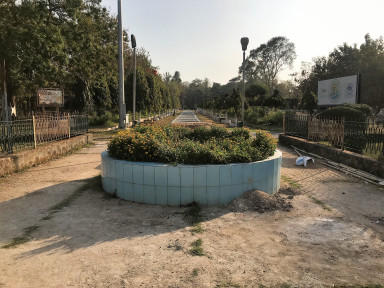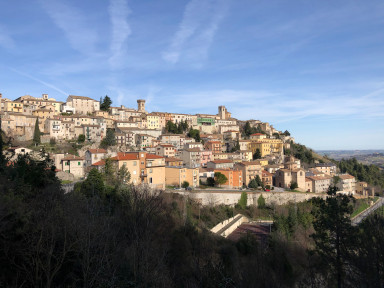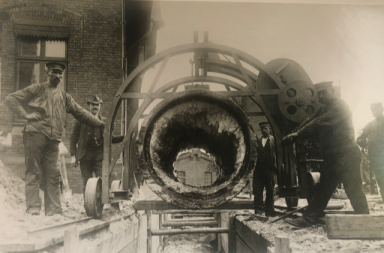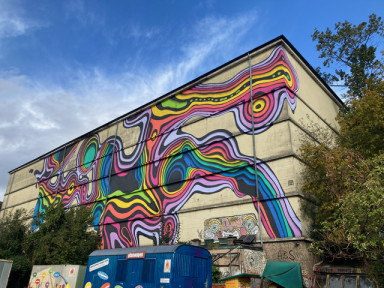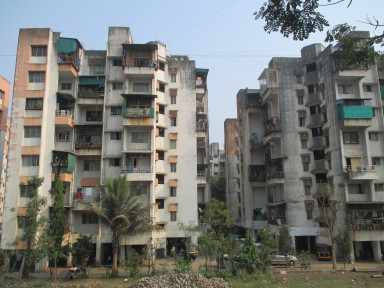Outdated: Class-based politics in modernist urban planning of the 20th century
The continuity and rupture in public spaces of an Indian planned industrial city
Being the flagships of 20th-century modernity and symbols of progress, industrial cities are often seen today as relics of the past. What exactly is seen as so outdated? And why, according to a few studies, are these cities resilient to today’s urban global restructuring? My PhD project aims to explore different temporalities co-existing in leisure and cultural spaces of the steel-manufacturing city of Bokaro Steel City in eastern India. I explore which recreational spaces were planned in the 1960s, during Nehru’s modernity, and which leisure spaces are encouraged in the city today, in the context of economic liberalization in India. Based on a preliminary analysis of Bokaro’s urban planning, I suggest applying the lens of social reproduction and class-based politics to the analysis of these material structures. By researching an Indian city whose very establishment was largely founded on being an egalitarian city fighting inequality and built for workers, this research also contributes to epistemological understandings of the ‘post-socialist’. Based on anthropological scholarship that argues that the future can be envisioned as not dependent on further change but rather as the maintenance of the present and with hope to endure in the face of changes,1 this research investigates how the past, the present, and the future are expressed in material objects of Bokaro, an industrial city of today that still carries the footprint of socialist modernist urban development.
- industrial cities
- modernity
- socialism
- class
- urban planning
Context
Currently, the ‘future cities’ baton is carried by megapolises (New York, London, Tokyo, etc.) that perform as centres of managerial and financial control, based on high-technology mass communication and data processing.2 However, in the 20th-century, industrial cities symbolized modernist progress3 and featured an unprecedentedly high scale of interaction between architecture/the built environment and various political regimes after World War II. As flagships of modernity and of architectural and social experiments, they were magnets for many professionals all over the world who travelled to them to take part in these major social changes. Public spaces and restructuring of social life were of great importance in modernist and socialist architectural projects.
The Bokaro Steel Limited (BSL) plant, a government undertaking, was constructed with the financial and technological aid of the Soviet Union in an overwhelmingly rural region of Bihar in the 1960s. Today it is one of the largest steel plants in Asia. In the plan of the township, built nearby, more than 40% of the land dedicated for the township was devoted to public spaces, with a great emphasis on green spaces and lakes.
Aims
What kind of impact do the mundane spaces of everyday existence have on temporal dimensions of the city? Or inversely: How do the past, the present, and the future co-exist in the mundane spaces of an industrial city? To answer these questions, I turn to the materiality of public space related to leisure and cultural activities. The uses, appropriation or inhabitancy of such spaces could mark different temporalities.
‘Temporality’ should not be seen as a self-evident category. Imagination of the past and future is informed by a background conceptualization of space and time. By imaging some spaces as ‘outdated’, we overlook their socio-political-ideological meaning.4 Consequently, by imagining some spaces and some people in the future, others are left behind. With the aim of inclusivity, there has been an urge in recent sociological scholarship to ‘spatialize’. We have seen many efforts of spacializing (globalizing) the story of modernity and reworking it away from being the internal story of Europe alone.5 However, imposing one futuristic image onto the whole world has hardly been addressed.6 Futuristic pluralism is an under-researched vision and complicated in practice. Therefore, studying the relationship between time, space, and the built environment is a part of this PhD project.
In a celebrated 1980 essay, ‘Do Artifacts Have Politics?’,7 Langdon Winner claims that technologies embody specific forms of power and authority, rather than being politicized by the context in which they are situated. Modifying Winner’s argument, this project argues that appropriation and social function of material objects may change over time, but only within the limits set by these material components. The role of the latter in social forces and social power is what this project aims to explore. Engaging with spatial hierarchies and the legacy of material objects can shed light on various paradigms of urban planning that have existed in Bokaro Steel City.
Research design
The research is based on ethnographic fieldwork, archival research, and interviews with local urban professionals. The research fieldwork consists of four phases.
Phase 1: Exploratory research in the field (walking and taking pictures for an intimate street view of the city; locating archives; learning the context; making first connections in the college, the city library, and the architectural office; conducting first interviews).
Phase 2: Selection of artifacts for research; revision of research proposal according to findings made during phase 1.
Phase 3: Major fieldwork (conducting further interviews with local historians, officials, and activists on the city’s history and future; exploring social functions of the chosen objects; analysing the objects in terms of past legacies and future-making perspectives with a focus on class reinforcement; gaining knowledge of urban vision on the city from urban professionals).
Phase 4: Conclusion (building productive connections to all the people I have collaborated with to leave space for pursuing related projects).
Supervisors:
- Prof. Dr. Monika Grubbauer
- Dr. Christian Strümpell
